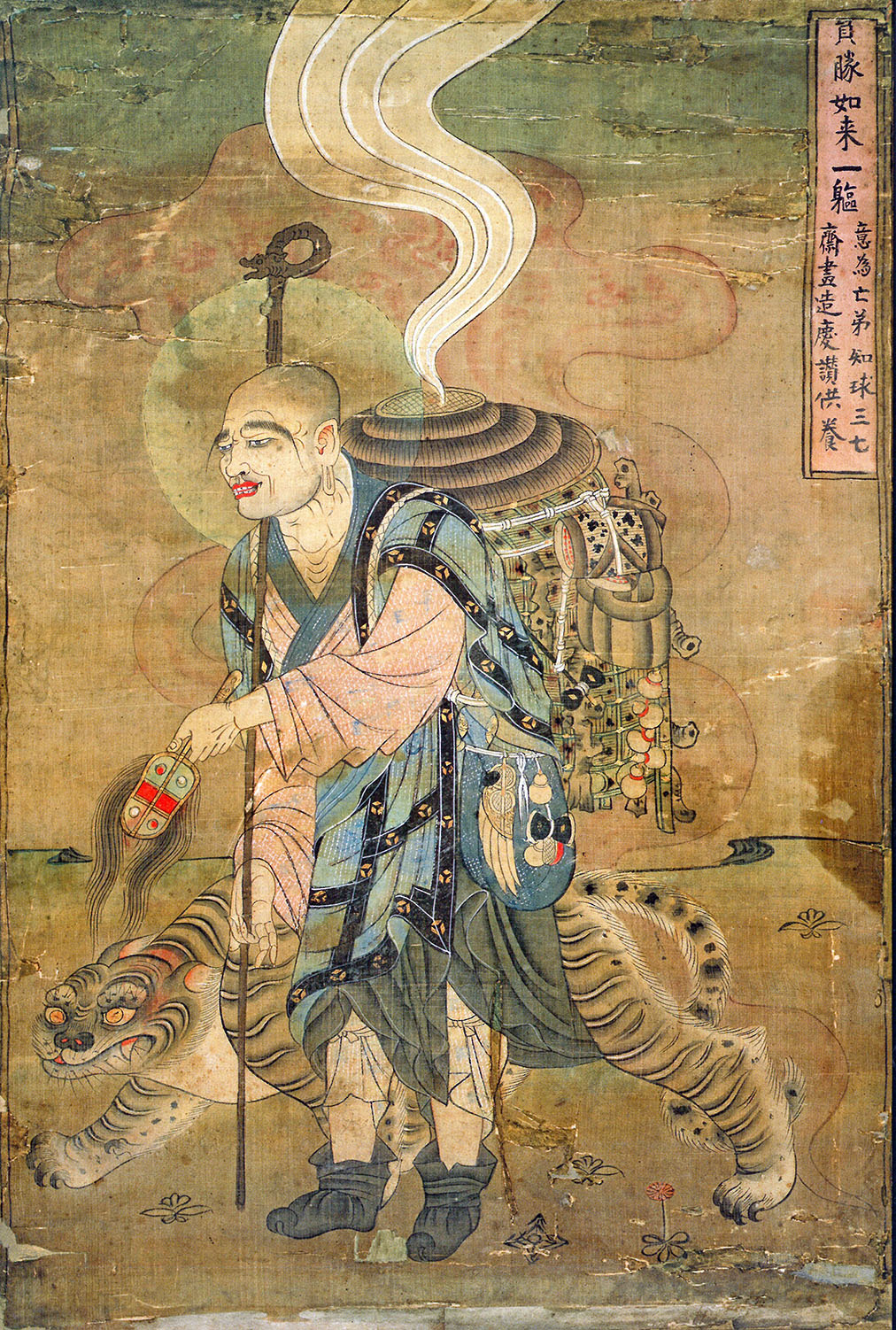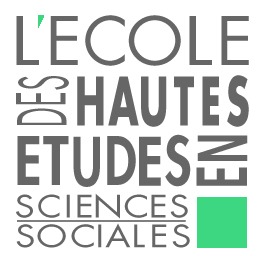Cycle - L’esthétique et le vernaculaire : produits culturels et la fabrique sociale dans la vallée de l’Indus et au-delà |
The Dunhuang paintings of “monk with tiger”: a (hi)story of Buddhist and Islamic travels through Asia
Annu Jalais
Salle 737, 54 boulevard Rasapil 75006 Paris
Conférence donnée dans le cadre de l'atelier thématique L’esthétique et le vernaculaire : Produits culturels et production des élites dans l’aire sindhi et au-delà
The Dunhuang paintings of ‘monk with tiger’ offer a window into the tremendous historical exchanges between China and the Indian subcontinent in the 9th and 10th centuries. It was an epoch of great transformation, often called Buddhism’s Golden Age. It was during this ‘cosmopolitan’ time that the Buddha became known and celebrated in both Europe and Africa. In this era of tremendous shared cultural capital, there existed a fabulous Buddhist monastic complex, the most famous of which are the Mogao caves in Dunhuang. This is where the ‘monk with tiger’ paintings were found. But even though these paintings are historically situated towards the latter half of the Buddhist ‘Golden Age’, and even though these caves might be considered ‘Buddhist’, Dunhuang is actually along a very important trade route spanning the entirety of Asia, stretching from Jerusalem and Baghdad in the west to Xi’an in the East. With the routes going north and south of the Taklamakan desert meeting at Dunhuang, a site populated by Zoroastrians, Nestorians, and Arab and Persian merchants who established communities along its highways, it was a place where travellers met, ideas were exchanged, religious doctrine furthered, and tigers tamed. In this epicentre of ancient Asia, how did the various travellers share ideas about nonhumans in general and tigers in particular? Also, I argue that it is in this multicultural and inter-religious context offered by Dunhuang’s location, that these specific paintings of ‘monk with tiger’ need to be understood. For example, could the Dunhuang paintings of ‘monk with tiger’, even though depicted as ‘Buddhist’ by scholars on China, be really, ‘Islamic’ ? The trope of the Sufi saint accompanied by a tiger is one which exists all through South Asia, South East Asia as well as Mongolia and northern China. How does one uncover the long history of circulations and mobilities that have stretched beyond the confines of either India or China via the painted figures of monks with tigers?
Les sites du CEIAS
- SAMAJ | The South Asia Multidisciplinary Academic Journal
- CEIAS - Facebook
- CEIAS - Twitter
- CEIAS - Newsletter
- Le Bulletin de la Bibliothèque
- Régionalisme & cosmopolitisme
- DELI | Dictionnaire Encyclopédique des Littératures de l’Inde
- DHARMA | The Domestication of “Hindu” Asceticism and the Religious Making of South and Southeast Asia
- TST | Texts Surrounding Texts
- STARS | Studies in Tamil Studio Archives and Society 1880-1980
- I-SHARE | The Indian Subcontinent’s Shared Sacred Sites
- Sri Lanka et diasporas
- Sindhi Studies Group
- Carnet du Master Études asiatiques
- Master “Asian Studies”
- Social Sciences Winter School in Pondicherry
- Caste, Land and Custom
- Musiques indiennes en terres créoles
 Actualités
Actualités
Devenir juifs : conversions et assertions identitaires en Inde et au Pakistan
 Débat - Mardi 9 mai 2023 - 14:00Présentation« L’an prochain à Jérusalem ! », scande un homme portant une kippa dans une synagogue de Karachi au Pakistan. Ses paroles sont répétées en chœur par les membres de sa communauté, un groupe comptant près de trois cents personnes qui s’autodésignent par (...)(...)
Débat - Mardi 9 mai 2023 - 14:00Présentation« L’an prochain à Jérusalem ! », scande un homme portant une kippa dans une synagogue de Karachi au Pakistan. Ses paroles sont répétées en chœur par les membres de sa communauté, un groupe comptant près de trois cents personnes qui s’autodésignent par (...)(...)
Le Centre d'études sud-asiatiques et himalayennes (Cesah), nouveau laboratoire de recherche (EHESS/CNRS) sur le Campus Condorcet
Échos de la recherche -Depuis le 1er janvier 2023, l'EHESS, en tant que co-tutelle, compte un nouveau centre de recherche né de la fusion du Centre d'études de l'Inde et de l'Asie du Sud (CEIAS - EHESS/CNRS) et du Centre d’études himalayennes (CEH - CNRS) : le Centre d'études sud-asiatiques et h (...)(...)
Centre d'Études de l'Inde et de l'Asie du Sud
UMR8564 - CNRS / EHESS
54 boulevard Raspail
75006 Paris, France
Tél. : +33 (0)1 49 54 83 94
Communication :
nadia.guerguadj[at]ehess.fr
Direction :
dir.ceias[at]ehess.fr
La bibliothèque du CEIAS
Maison de l'Asie
22 avenue du Président Wilson 75016 Paris
54 boulevard Raspail
purushartha[at]ehess.fr


